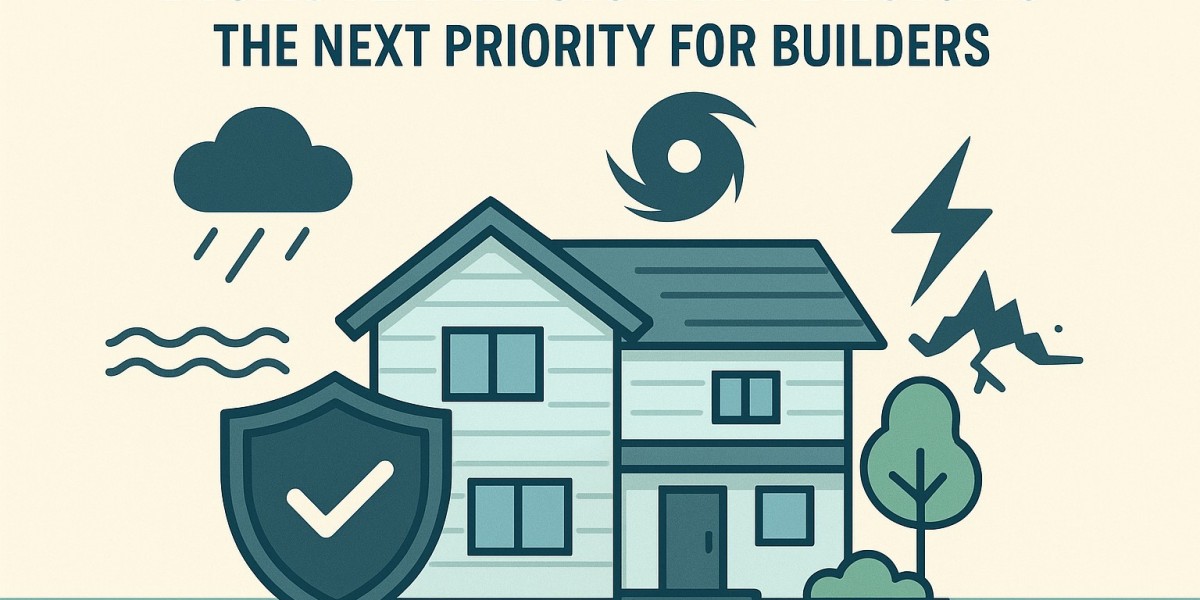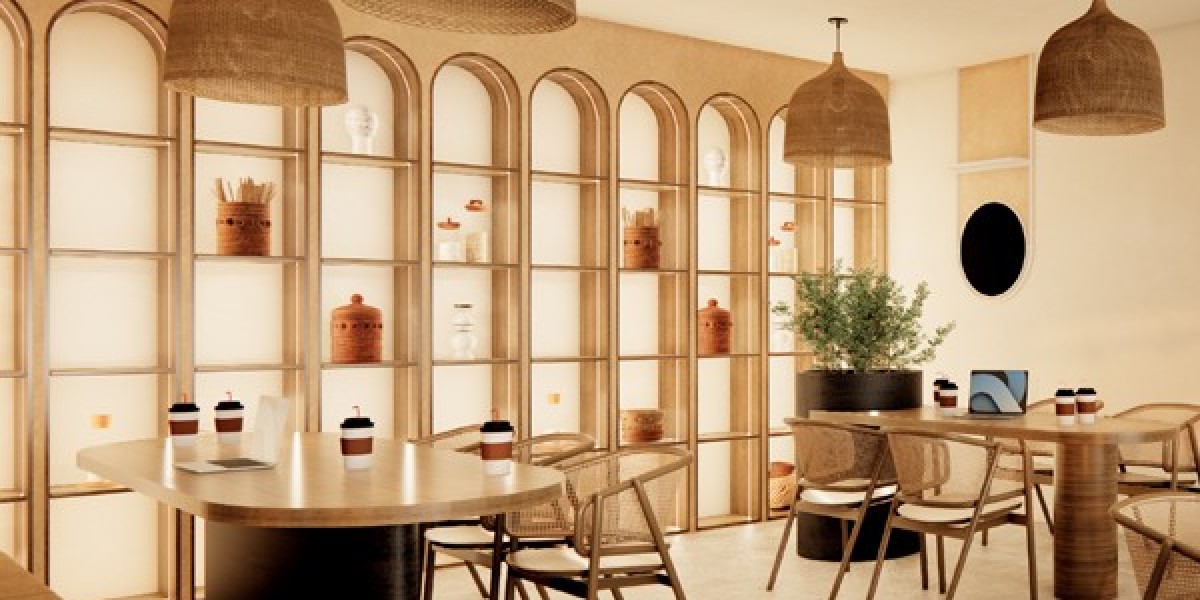Builders And Developers In Kerala are facing a new responsibility that goes far beyond constructing modern and luxurious homes. With the increasing threat of natural disasters such as floods, cyclones, landslides, and earthquakes, the construction industry is shifting its focus toward disaster-resistant designs. In today’s world, a home is not just about comfort and style; it is also about strength, safety, and the ability to withstand unexpected events caused by nature.
Kerala, with its unique geography, lush landscapes, and long coastline, is particularly vulnerable to natural calamities. The devastating floods in recent years have been a reminder of how fragile our living spaces can be when they are not designed to handle such emergencies. Families who once invested in dream homes saw their properties damaged, highlighting the urgent need for stronger, safer, and disaster-ready designs. This is why disaster-resistant construction has become the next major priority for builders in the state.
The Growing Risk of Natural Disasters
Natural disasters are not rare anymore. Climate change has made them more frequent and more intense. Kerala faces heavy monsoons every year, often leading to flooding in low-lying areas. Its hilly regions are prone to landslides, while coastal areas face erosion and the risks of cyclonic storms.
Traditional construction methods are often not strong enough to handle such threats. Modern buildings with disaster-resistant features, however, can make a huge difference. They not only save lives but also protect property and reduce financial loss. For this reason, buyers are increasingly looking for homes that provide security along with comfort.
What Are Disaster-Resistant Designs?
Disaster-resistant designs refer to the planning, materials, and techniques used to make buildings capable of withstanding natural calamities. They combine engineering, architecture, and technology to ensure homes remain safe during emergencies.
Key features of disaster-resistant designs include:
Flood-Resilient Structures: Homes built with elevated foundations or stilts that prevent water from entering during floods.
Earthquake-Resistant Frameworks: Flexible yet strong structures that absorb shocks and reduce damage during earthquakes.
Wind-Resistant Roofs and Walls: Sloped roofs and reinforced walls that can withstand heavy winds and storms.
Fire-Resistant Materials: Use of non-combustible building materials like concrete and metal that prevent fire spread.
Strong Drainage Systems: Proper water channels that reduce waterlogging and prevent flooding within properties.
How Builders Are Responding
Builders in Kerala are increasingly aware of the risks and the expectations of buyers. Many have started adapting new techniques that combine safety with modern living. Here are some of the strategies being used:
Elevated Plinth Levels
By constructing homes on raised levels, builders reduce the risk of floodwaters entering houses. This has become standard in flood-prone areas.Use of Reinforced Concrete
Reinforced cement concrete (RCC) provides strength and flexibility, making structures safer during earthquakes and storms.Improved Roofing Solutions
Sloped roofs with strong anchoring are used to resist heavy winds. This also helps rainwater drain quickly.Smart Urban Planning
Builders are focusing on choosing safe land for projects. Avoiding landslide-prone slopes and flood zones reduces risks before construction even begins.Integration of Technology
Computer models now help architects predict how a building will perform during a disaster. Builders use these insights to design safer structures.
Apartments in Thrissur: A Shift Toward Safer Living
Thrissur, known as the cultural capital of Kerala, is also experiencing changes in the way residential projects are planned. With more families moving to cities, apartment living has become common. Developers in Thrissur are now including disaster-resilient features in their projects to meet both safety and comfort needs.
For example, many new Apartments in Thrissur are being built with strong drainage systems, flood-resistant basements, and reinforced walls. Rooftop rainwater harvesting and emergency energy systems are also added to ensure residents remain safe even during extended power cuts or water shortages caused by disasters.
These apartments offer modern facilities such as gyms, children’s play areas, and community halls, but at the same time, they are carefully designed to ensure the security of residents. This approach is shaping the city’s urban housing into a model of resilience and comfort.
Why Safety Sells in Real Estate
For years, buyers prioritized luxury, location, and style when choosing homes. But today, safety has become just as important, if not more. Families are willing to invest in disaster-resistant homes because they know that in the long run, it saves them from potential financial and emotional losses.
A disaster-ready home not only provides peace of mind but also has a higher resale value. As awareness grows, more buyers will refuse to invest in properties that ignore climate and disaster challenges. This demand will push more builders to make safety their top priority.
Challenges Builders Face
Although disaster-resistant designs are gaining popularity, builders face challenges in implementing them widely:
Higher Costs: Stronger materials and advanced designs cost more, making homes expensive for budget-conscious buyers.
Space Limitations: In urban centers, limited land makes it difficult to add extra safety features like large drainage zones or open areas.
Awareness Gap: Not all buyers understand the importance of disaster resilience. Some still prefer luxury features over safety upgrades.
Regulatory Hurdles: Building codes and approvals often take time, slowing down innovation in design.
Despite these challenges, many builders in Kerala continue to push forward, knowing that safety is no longer optional.
Benefits of Disaster-Resistant Homes
Investing in a disaster-resistant home comes with many advantages:
Protection of Life and Property: Families stay safe, and homes remain secure even during disasters.
Reduced Repair Costs: Stronger designs mean less damage and fewer expenses for repairs.
Higher Property Value: Such homes attract buyers and have better long-term value.
Peace of Mind: Residents can live without constant worry about floods, storms, or earthquakes.
Sustainability: Many disaster-resistant features also make homes eco-friendly, such as rainwater harvesting and natural ventilation.
The Blend of Tradition and Modern Safety
Kerala’s traditional homes were often designed with nature and disasters in mind. Sloping tiled roofs, inner courtyards, and raised verandas naturally handled heavy rains and hot summers. Modern builders are reintroducing these concepts with new materials and designs.
For instance, while traditional clay tiles may be replaced with stronger roofing sheets, the sloping design is still used to drain rainwater quickly. Courtyards are being redesigned as open community spaces in apartments, allowing both safety and social interaction. This blend of tradition and technology ensures Kerala’s identity remains while adapting to modern challenges.
The Future of Disaster-Resistant Housing in Kerala
Looking ahead, disaster-resistant designs will no longer be seen as an option but as a necessity. Builders are expected to use even more advanced techniques such as smart sensors, AI-driven monitoring systems, and self-sustaining energy grids. These innovations will help homes automatically respond to disasters, such as shutting down power during floods or alerting residents during landslides.
As awareness increases, government regulations and buyer demand will further encourage builders to adopt these methods. Kerala, with its unique climate challenges, could even become a model for other regions in India and the world in disaster-ready housing.
Conclusion
The world is changing, and so are the homes we live in. Safety and resilience have become just as important as luxury and design. Builders And Developers In Kerala are leading this transformation by focusing on disaster-resistant designs that protect families while offering modern comforts.
Apartments in Thrissur and other urban centers already reflect this new priority, combining community living with safety and sustainability. As families become more aware of the risks posed by natural disasters, they will continue to demand homes that keep them secure.
The next era of construction in Kerala will be defined not just by beauty and modernity but by strength and resilience. Disaster-resistant designs are no longer just the next priority for builders; they are the foundation for the safe homes of tomorrow.







